Urban foxes have become a common sight in towns and cities across Britain, often spotted trotting down residential streets or rummaging through bins. These adaptable creatures have made our urban landscapes their home, thriving in the heart of our bustling cities. While some view them as a nuisance, others are captivated by their presence and clever nature. I find them utterly fascinating. A friend living in Birmingham had been unable to figure out where the family’s shoes kept disappearing to over the summer. Then one day, as she came down the stairs, she saw a fox calmly trotting out of her living room with her son’s shoe in its mouth. Evidently, the fox had been coming through the open patio door to feed its unhealthy shoe obsession. Whether you love them or loathe them, urban foxes are here to stay, and there’s much more to these cunning creatures than meets the eye.
Nocturnal City Slickers
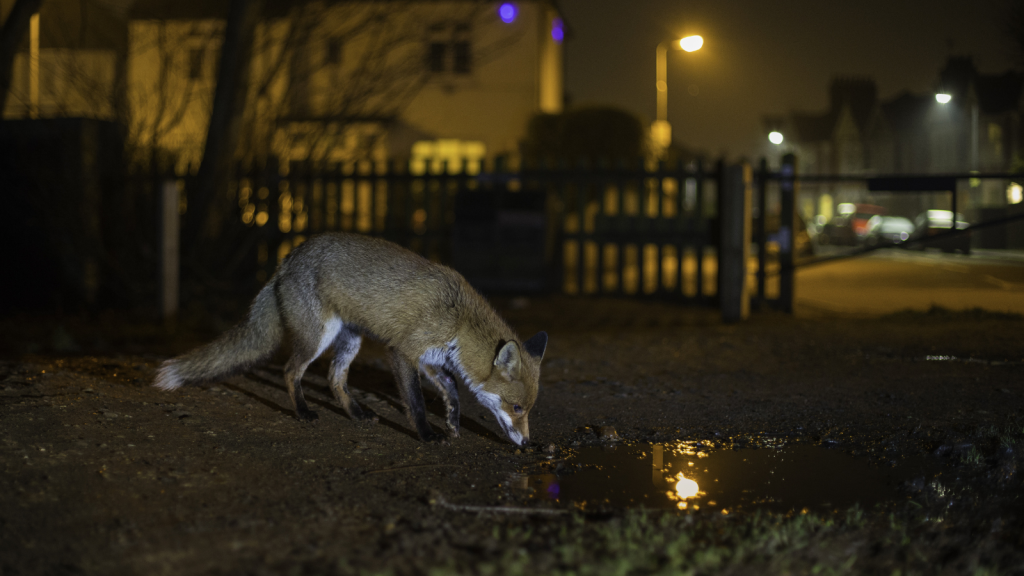
Urban foxes are primarily active at night, when human activity dies down. They’ve adapted their schedules to avoid busy periods in cities, often emerging after dark to forage for food. During the day, they rest in quiet, sheltered spots like gardens, parks, or even under sheds. This nocturnal lifestyle helps them navigate the urban jungle more safely. Interestingly, urban foxes have been observed to be more active earlier in the evening compared to their rural counterparts, likely due to the abundance of artificial lighting in cities.
Dietary Opportunists

Contrary to popular belief, urban foxes don’t rely solely on bin raiding. They’re opportunistic omnivores with a varied diet. While they do scavenge from bins, they also hunt small animals like mice and rats, eat insects, and even enjoy fruits and berries. In fact, earthworms make up a significant portion of their diet, especially in damp conditions. Studies have shown that an urban fox’s diet can consist of up to 150 different food items throughout the year, showcasing their remarkable adaptability.
London’s Fox Capital
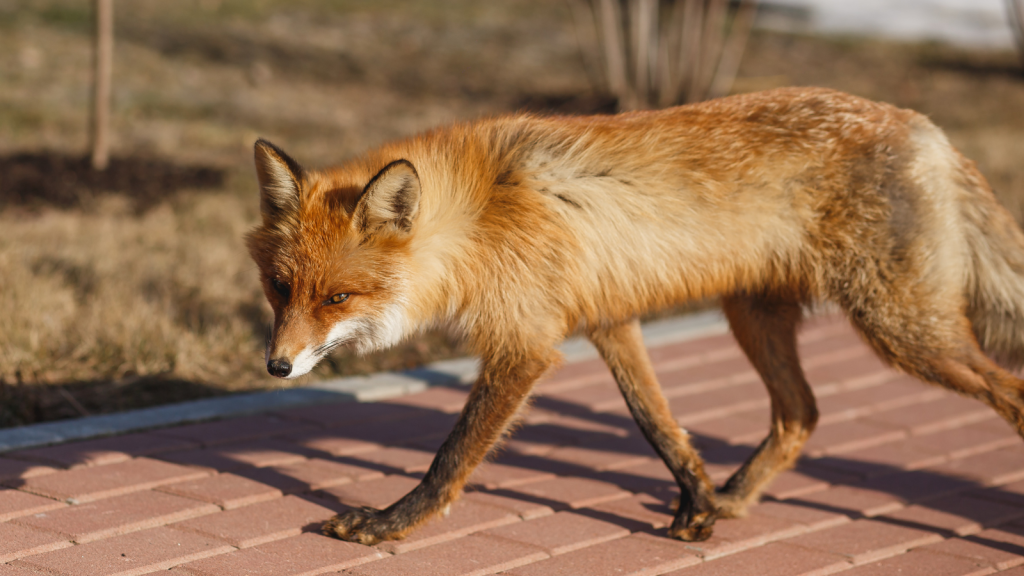
London boasts the highest urban fox population in Britain. It’s estimated that there are around 10,000 foxes living in the capital, with some areas having up to 18 foxes per square kilometre. This high density is due to the abundance of food sources and suitable habitats in the city’s mix of urban and green spaces. Interestingly, fox populations are not evenly distributed across London, with higher densities typically found in suburban areas with larger gardens and parks.
Clever Problem Solvers
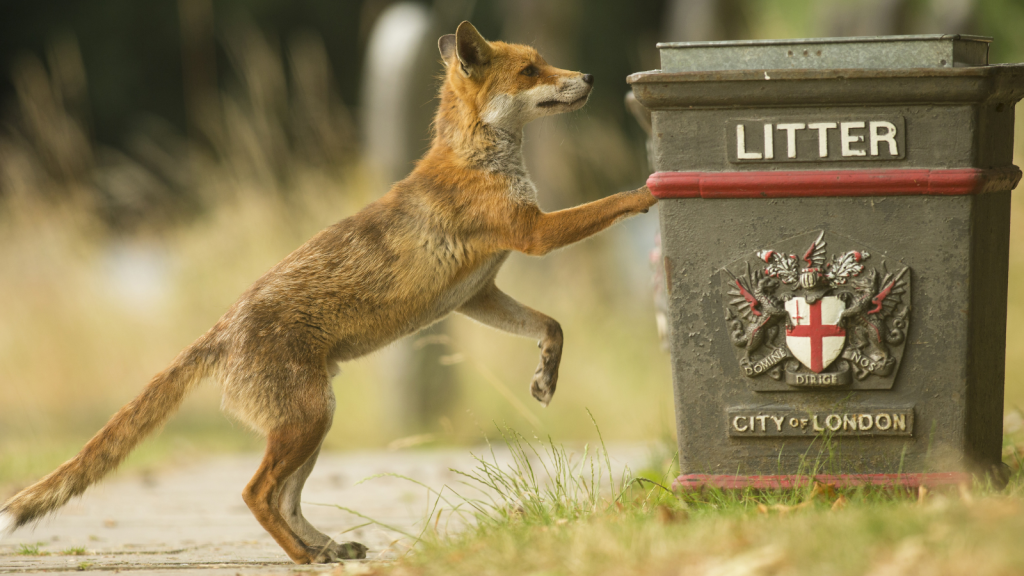
Urban foxes have shown remarkable problem-solving abilities. They can figure out how to open bins, navigate fences, and even understand traffic patterns. Some have been observed waiting for traffic lights to change before crossing busy roads. This intelligence helps them thrive in complex urban environments. Researchers have even documented cases of foxes learning to use tools, such as carrying bread to the water’s edge to use as bait for catching fish.
Vocal Communicators

Foxes have a wide range of vocalisations, from barks and screams to softer chattering sounds. The eerie screaming often heard at night is typically a vixen (female fox) calling for a mate during breeding season. These calls can be quite startling for city residents unfamiliar with fox noises. Urban foxes have been observed to alter their vocalisations, often calling at higher pitches to be heard over the background noise of the city.
Urban Adaptations

City living has led to some interesting adaptations in urban foxes. They tend to have smaller territories than their rural counterparts due to the abundance of food sources. Urban foxes also show less fear of humans and are more tolerant of noise and artificial light. Some studies suggest they’re even developing slightly different skull shapes compared to rural foxes. Additionally, urban foxes have been found to have higher levels of stress hormones, likely due to the challenges of city life, but they’ve also developed stronger immune systems to cope with these stressors.
Family-Oriented Animals
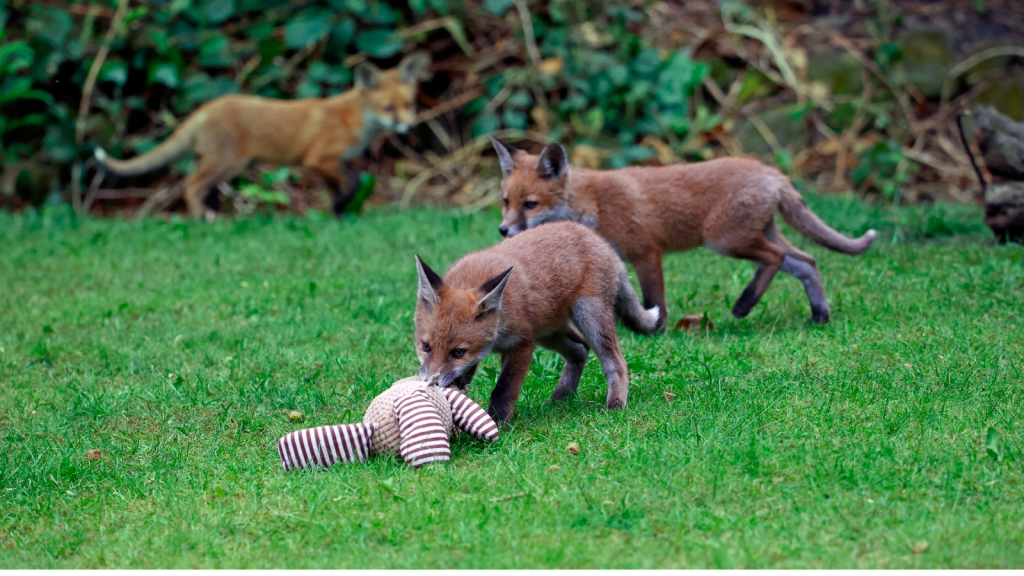
Urban foxes live in family groups called skulks. A typical group consists of a mated pair and their cubs, sometimes with a few additional adult foxes. They’re monogamous animals, often mating for life. In cities, where food is plentiful, multiple litters can sometimes be raised in close proximity. Urban fox families have been observed engaging in cooperative behaviours, such as babysitting each other’s cubs and sharing food resources.
Denning in Unusual Places

Urban foxes have become creative with their denning sites. While they still use traditional earths (dens dug into the ground), they’ve also been known to den under garden sheds, in abandoned buildings, and even in roof spaces. Some bold foxes have been found raising their cubs in unusual places like under school buildings or in large plant pots. In extreme cases, foxes have been discovered denning in unusual urban locations such as in the bases of trees in busy parks or in the substructures of railway stations.
Natural Pest Controllers

Despite their reputation as pests, urban foxes actually help control other urban wildlife populations. They prey on rats and mice, helping to keep these populations in check. This natural pest control service is often overlooked but can be beneficial in urban areas struggling with rodent issues. A single fox family can consume thousands of rodents in a year, providing a significant ecological service to urban areas.
Seasonal Behaviour Changes
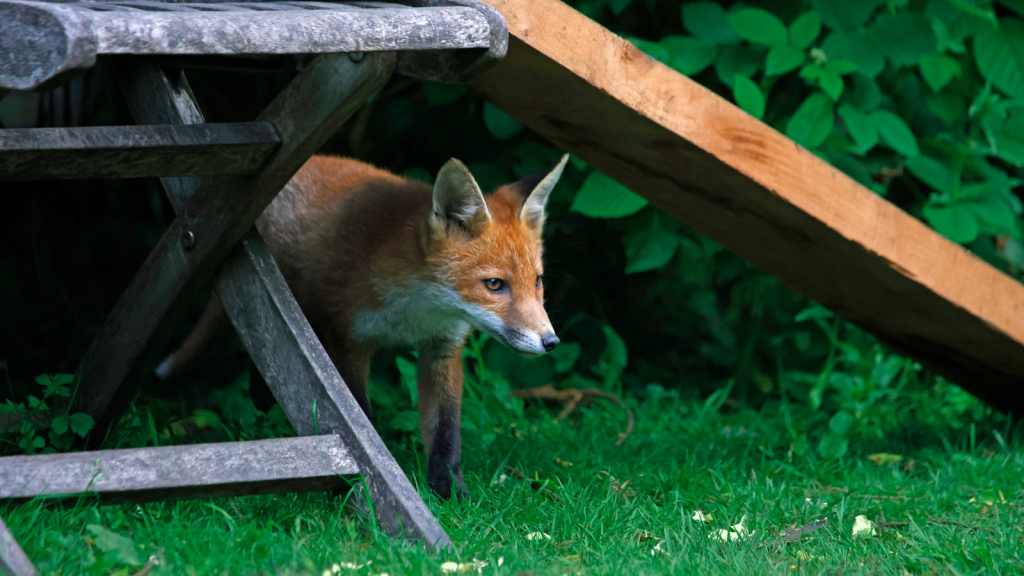
Urban foxes’ behaviour changes with the seasons. Spring is when cubs are born and raised, summer sees the young foxes start to become independent, autumn is mating season, and winter is when foxes are most visible as they spend more time foraging for scarce food. Understanding these seasonal patterns can help explain changes in fox activity throughout the year. During winter, urban foxes may become bolder and venture into gardens more frequently due to food scarcity, leading to increased human-fox interactions.
Legal Protection

In the UK, foxes are protected under the Wild Mammals Protection Act 1996. This means it’s illegal to cause them unnecessary suffering. However, humane deterrence methods are allowed if foxes become a nuisance. This legal status reflects the balance between protecting wildlife and managing human-wildlife conflicts in urban areas. It’s worth noting that while it’s legal to humanely deter foxes, it’s illegal to trap them and release them elsewhere, as this can cause stress and disorientation to the animal.
Urban Fox Lifespan
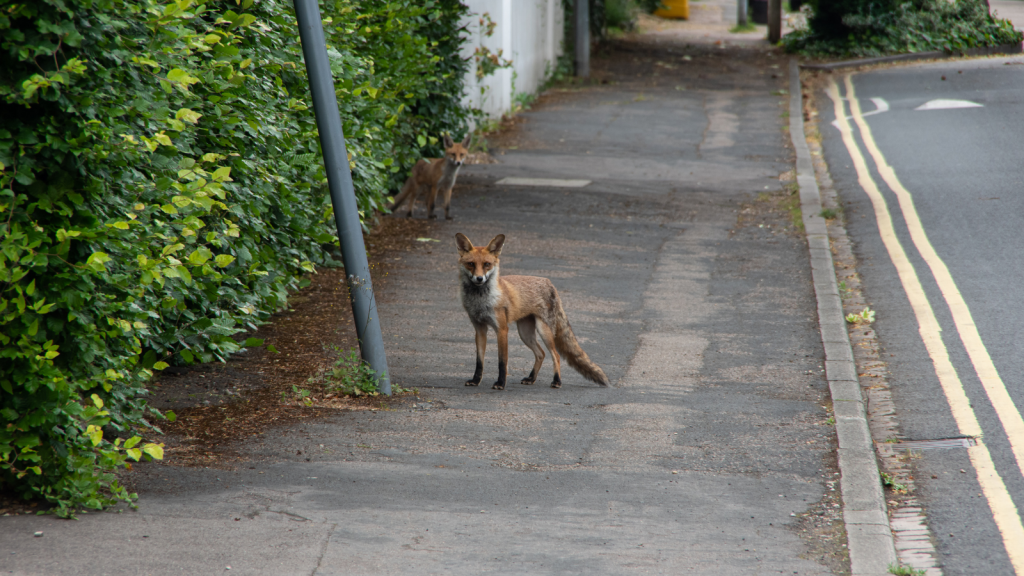
Life in the city can be tough for foxes. While they can live up to 14 years in captivity, urban foxes typically have a much shorter lifespan, averaging just 18 months to 2 years. Traffic accidents, diseases, and conflicts with humans are the main causes of mortality for city foxes. However, those foxes that survive their first year in the city tend to have a higher life expectancy, as they’ve learned to navigate urban dangers successfully.
Fox-Proof Gardens
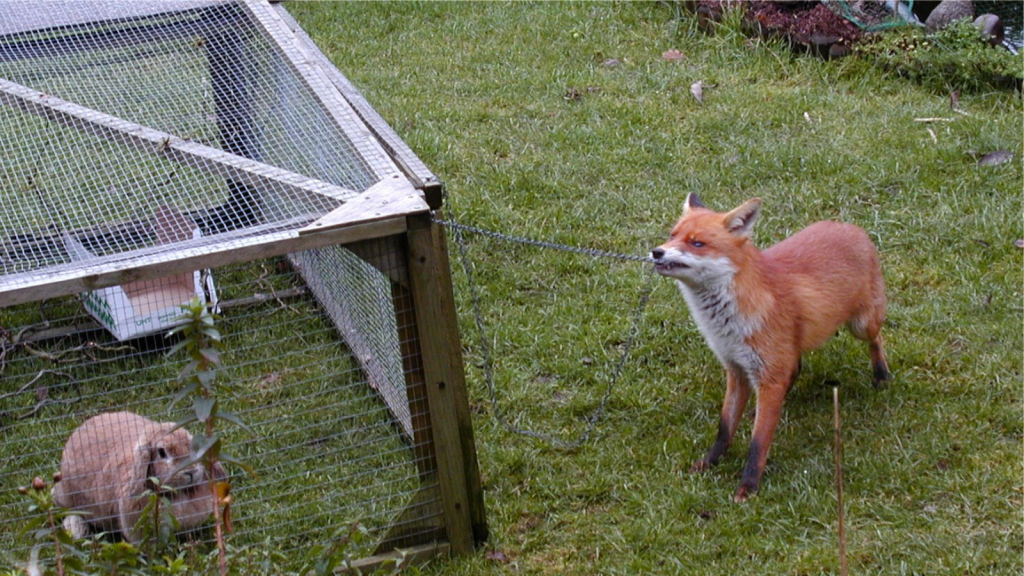
As urban foxes become more common, many gardeners have developed fox-proofing techniques. These include using motion-activated sprinklers, laying down chicken wire over lawns, and using scent deterrents. However, completely fox-proofing a garden is challenging due to the foxes’ intelligence and persistence. Some gardeners have found success with planting strongly scented herbs like lavender or rosemary, as foxes tend to dislike these strong odours.
Suburban Fox Research
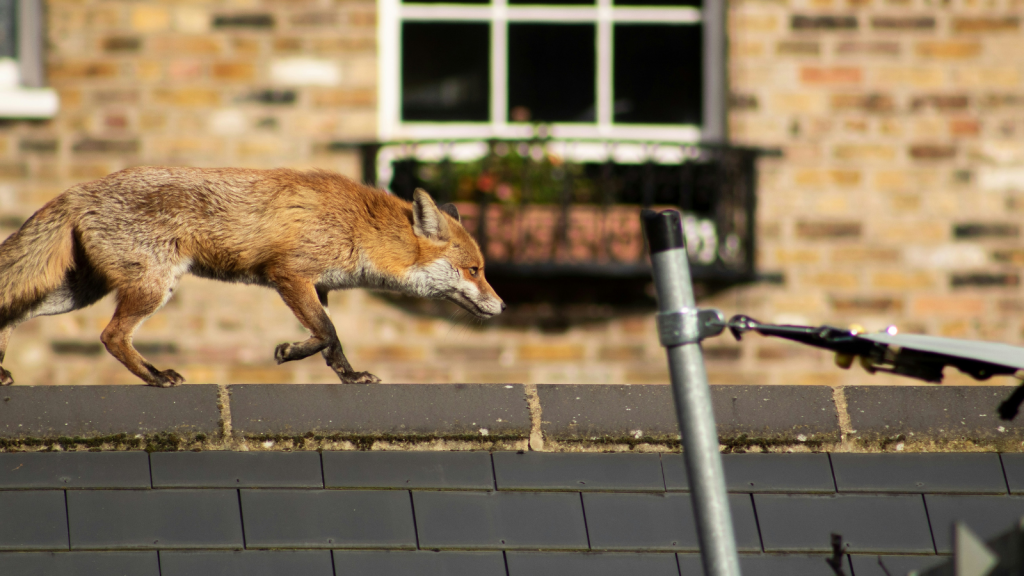
The phenomenon of urban foxes has sparked numerous research projects. One of the most famous is the Bristol Fox Project, which has been studying the city’s fox population since 1977. This long-term study has provided valuable insights into urban fox behaviour, population dynamics, and health. The project has also revealed how fox populations respond to changes in urban landscapes, such as new housing developments or changes in waste management practices.
Fox-Human Interactions
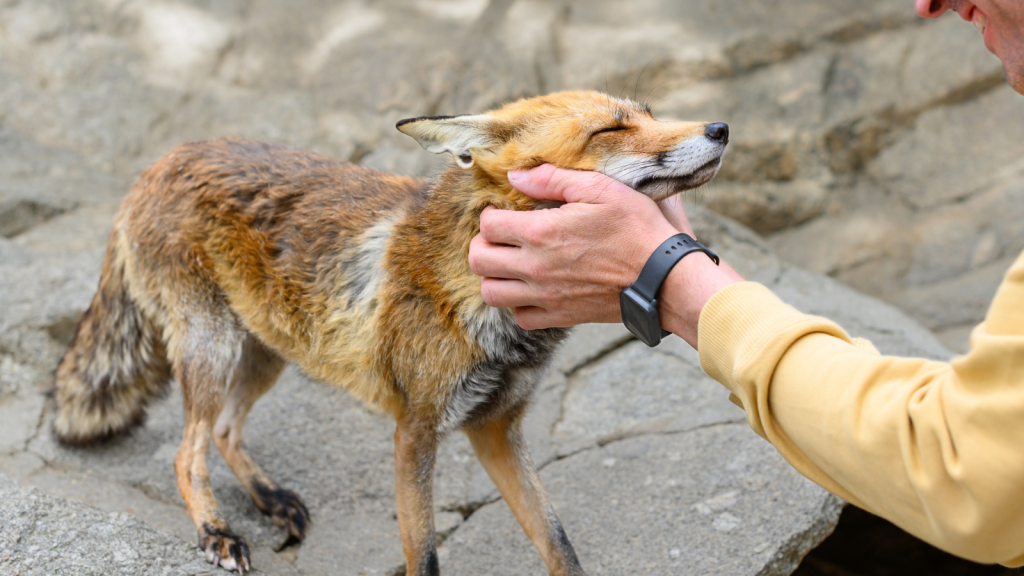
While direct attacks on humans are extremely rare, urban foxes can sometimes cause concern, especially when they become too bold. Most negative interactions involve foxes raiding bins or gardens. Positive interactions are also common, with many city dwellers enjoying fox-watching from their homes. Education about fox behaviour can help promote peaceful coexistence in urban areas. Some cities have implemented public awareness campaigns to help residents understand and coexist with their vulpine neighbours, focusing on responsible food waste management and garden maintenance to minimise conflicts.



